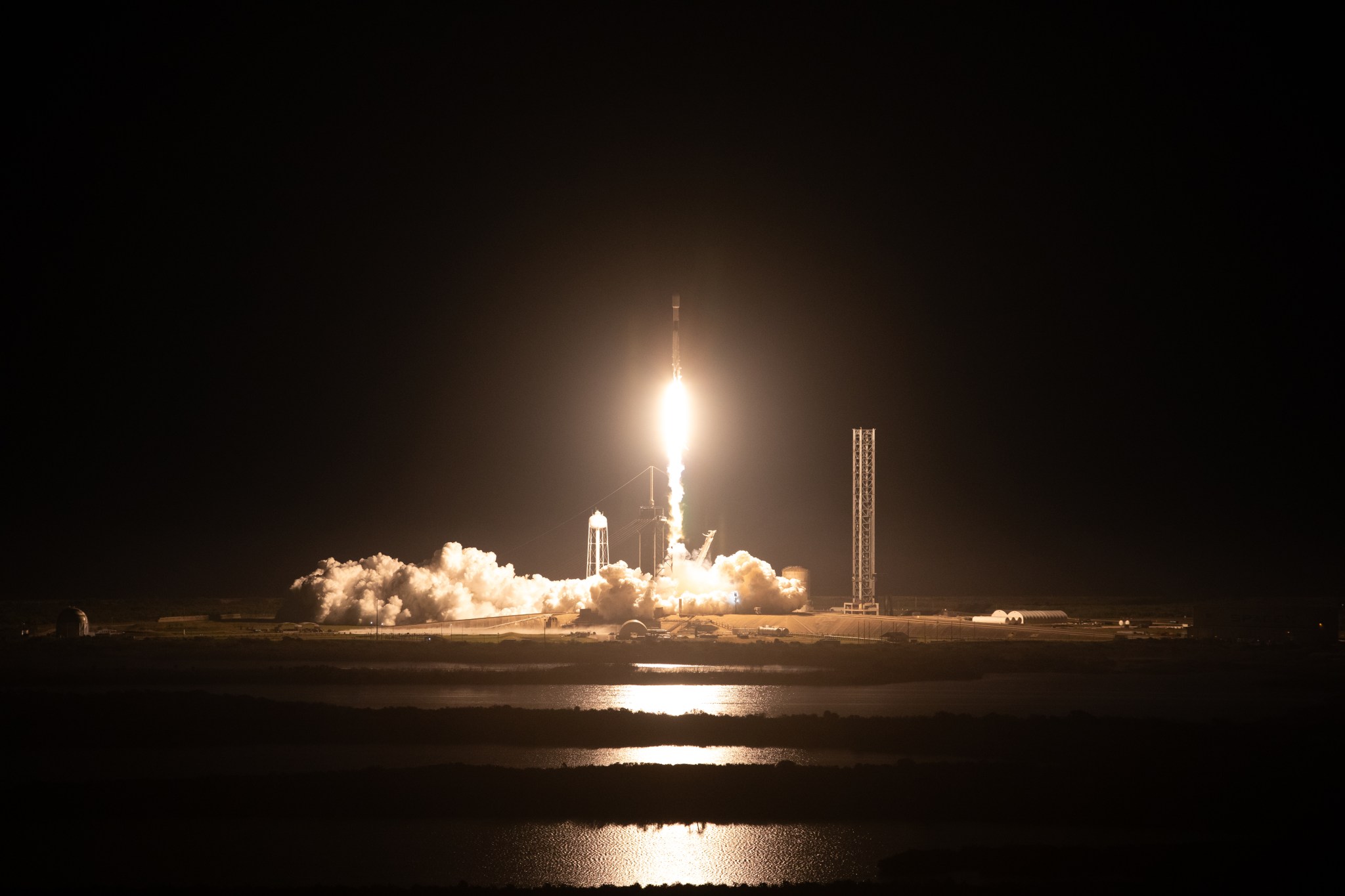Intuitive Machines Launches to the Moon

At 1:05 a.m. EST on Thursday, Feb. 15, 2024, Intuitive Machines’ Nova-C lunar lander, named Odysseus, lifted off on a SpaceX Falcon 9 rocket from NASA’s Kennedy Space Center in Florida. As part of NASA’s Commercial Lunar Payload Services (CLPS) initiative and Artemis campaign, Intuitive Machines’ first lunar mission will carry NASA science to the Moon to study plume-surface interactions, space weather/lunar surface interactions, radio astronomy, precision landing technologies, and a communication and navigation node for future autonomous navigation technologies.
Odysseus is scheduled to land on the Moon’s South Pole region near the lunar feature known as Malapert A on Thursday, Feb. 22. This relatively flat and safe region is within the otherwise heavily cratered southern highlands on the side of the Moon visible from Earth. Landing near Malapert A will also help mission planners understand how to communicate and send data back to Earth from a location where Earth is low on the lunar horizon.
Image Credit: NASA/Kim Shiflett
First published at NASA.gov




